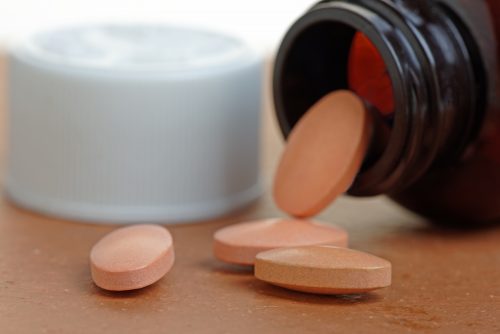
IgA nephropathy (IgAN) is the most common glomerulonephritis worldwide and a frequent cause of kidney failure. With IgAN, immune complexes containing galactose-deficient IgA1 accumulate in the glomerular mesangium, which triggers local inflammation, scarring, and kidney damage. Complement proteins in the glomeruli of patients with IgAN have been noted, and research suggests the involvement of the alternative complement pathway in IgAN pathogenesis.
Iptacopan is an oral complement inhibitor that specifically binds to factor B and inhibits the alternative pathway. APPLAUSE-IgAN is an ongoing, international, double-blind, randomized, placebo-controlled phase 3 trial evaluating the effects of iptacopan on proteinuria and kidney function in patients with IgAN at risk of progression.
In The New England Journal of Medicine, Vlado Perkovic, MBBS, PhD, and colleagues reported the results of a prespecified interim analysis of APPLAUSE-IgAN data, which assessed the effects of iptacopan on proteinuria at nine months.
Selected participants had primary IgAN confirmed by biopsy within the last five years (for patients with an estimated glomerular filtration rate (eGFR) of ≥45 ml per minute per 1.73 m2) or within two years if the biopsy found less than 50% tubulointerstitial fibrosis (for patients with an eGFR of 30 to <45 ml per minute per 1.73 m2), and if they had a baseline 24-hour urinary protein-to-creatinine ratio (UPCR) of ≥1 despite optimized supportive therapy.
The primary trial population was randomized 1:1 to receive iptacopan (n=222) or placebo (n=221). Randomization was stratified according to geographic region (Asia vs all other regions), baseline proteinuria (24-hour urinary protein-to-creatinine ratio [UPCR; with protein and creatinine both measured in grams] of <2 vs ≥2), and eGFR (30 to <45 ml per minute per 1.73 m2 of body-surface area vs ≥45 ml per minute per 1.73 m2).
The interim efficacy analysis included the first 250 participants who underwent randomization in the main trial population (125 patients in each group) and who stayed in the trial until month nine or discontinued the trial by month nine. The researchers assessed safety in all 443 patients in the main trial population. Baseline characteristics were balanced between the two trial groups. The average age was 39 years, 47.6% were women, and 51.2% were from Asia.
In the iptacopan group, the mean (±SD) eGFR was 62.7±26.0 ml per minute per 1.73 m2, while it was 65.5±26.7 ml per minute per 1.73 m2 in the placebo group. The 24-hour UPCR was 1.81 (interquartile range [IQR], 1.36-2.66) in the iptacopan group and 1.87 (IQR, 1.48-2.83) in the placebo group.
The percentage of participants in both groups using SGLT2 inhibitors was similar. At baseline, 12.8% of patients were taking SGLT2 inhibitors at a stable dose. Nearly all (99%) participants were taking angiotensin-converting–enzyme inhibitors or angiotensin-receptor blockers at baseline. The median time from confirmatory biopsy to baseline was 1.3 years in the iptacopan group and 0.8 years in the placebo group. The trial population broadly represented patients with IgAN at risk of progression.
The primary endpoint was the change in 24-hour UPCR from baseline to month nine, which was analyzed using a repeated-measures model. A secondary endpoint was the percentage of participants with a 24-hour UPCR of less than one at month nine without receiving rescue or alternative medication or having kidney replacement therapy.
The percentage of patients with a 24-hour UPCR less than one or less than 0.5 without receiving rescue or alternative medication or having kidney replacement therapy at month nine were evaluated separately using a logistic-regression model. Exploratory endpoints included reduction in 24-hour urinary albumin-to-creatinine ratio (UACR), total 24-hour urinary protein level, and total 24-hour urinary albumin level at month nine. The researchers also evaluated safety endpoints. Safety data were summarized descriptively.
The primary analysis found that iptacopan was superior to placebo at reducing 24-hour UPCR.
The adjusted geometric mean 24-hour UPCR at month nine was 38.3% (95% CI, 26.0-48.6; two-sided P<.001) lower with iptacopan compared to placebo. Consistent with the primary analysis findings, the adjusted geometric mean 24-hour UPCR at nine months based on first morning urine sample was 35.8% (95% CI, 22.6-46.7) lower in the iptacopan group than in the placebo group.
The proportion of patients with UPCR less than one at month nine without receiving rescue or alternative medication or undergoing kidney replacement therapy was higher in the iptacopan (42.5%; 95% CI, 34.5-50.5) group compared to the placebo (21.9%; 95% CI, 14.8-29.0) group (odds ratio, 3.12; 95% CI, 1.68-5.79).
The analysis of patients with a 24-hour UPCR less than 0.5 without receiving rescue or alternative medication or having kidney replacement therapy at month nine showed a similar trend. Analyses of reductions in 24-hour UACR, total 24-hour urinary protein excretion, and 24-hour albumin excretion had findings consistent with those of the primary analysis.
There were no unexpected safety findings with iptacopan, and no increased risk of infection. The incidence of adverse events was similar in both the iptacopan and placebo groups, and most were mild to moderate and reversible.
The authors acknowledge certain study limitations. The interim analysis was not designed to confirm the effects of iptacopan on measures of kidney function, such as eGFR. Those results have not been shared on the advice of regulatory agencies to avoid influencing the conduct of the ongoing trial, which should provide additional evidence of the drug’s effects on kidney function and determine its role in IgAN management.
In summary, the authors wrote, “In this interim analysis, treatment with iptacopan resulted in a significant reduction in proteinuria as compared with placebo.”

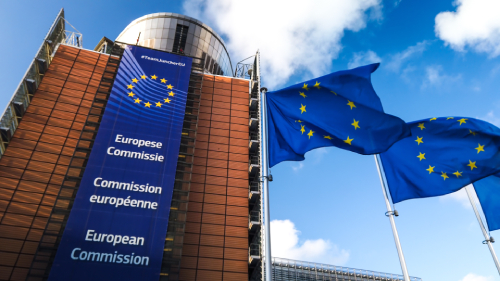

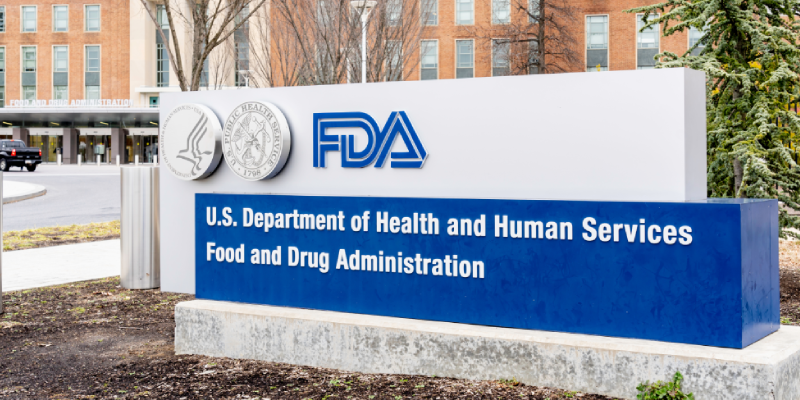
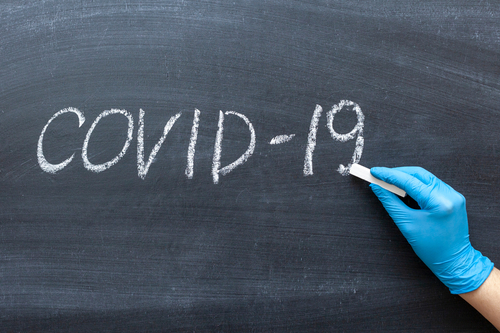
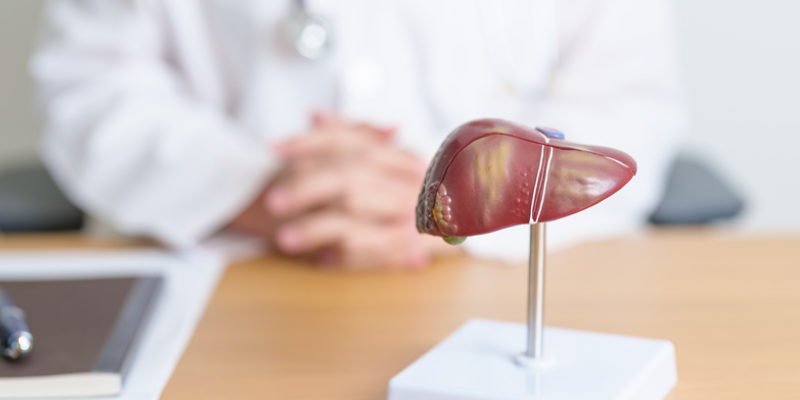

 © 2025 Mashup Media, LLC, a Formedics Property. All Rights Reserved.
© 2025 Mashup Media, LLC, a Formedics Property. All Rights Reserved.